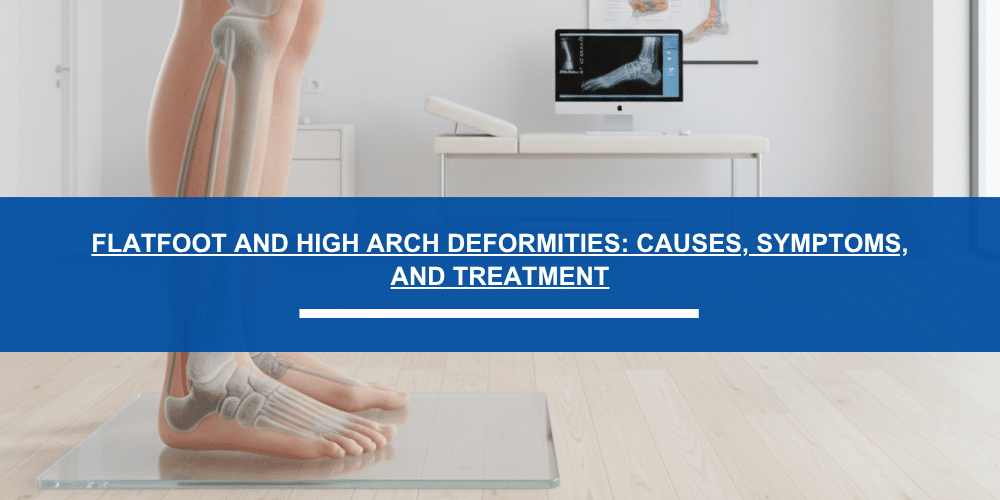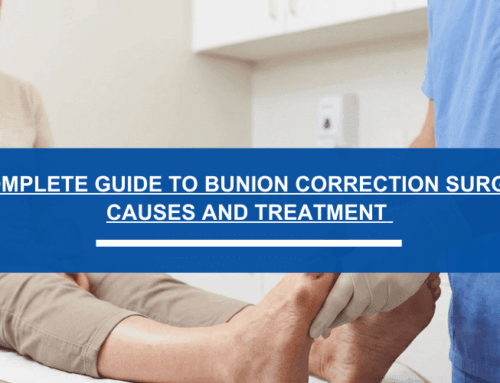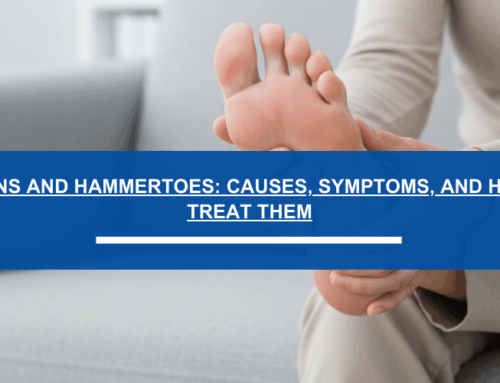If you’re dealing with persistent foot pain, the structure of your arch might be the culprit. Understanding flatfoot and high arch deformities is the first step toward finding lasting relief and improving your mobility. These conditions, known as pes planus (flatfoot) and pes cavus (high arch), affect your foot’s foundation and can lead to instability and joint issues if left unaddressed.
Let’s walk through what these conditions are and how you can manage them.
Understanding Flatfoot vs. High Arches
Think of your foot’s arch as its natural shock absorber. When it’s not shaped correctly, it can throw your whole body out of alignment. Here’s the difference:
- Flatfoot (Pes Planus): This is a condition where the arch of the foot has collapsed. When you stand, the entire sole of your foot comes into contact with the ground, which can cause strain on your ankles and knees.
- High Arch (Pes Cavus): This is the opposite issue, where the arch is excessively high. This structure can create immense pressure on the ball and heel of the foot, leading to pain and instability.
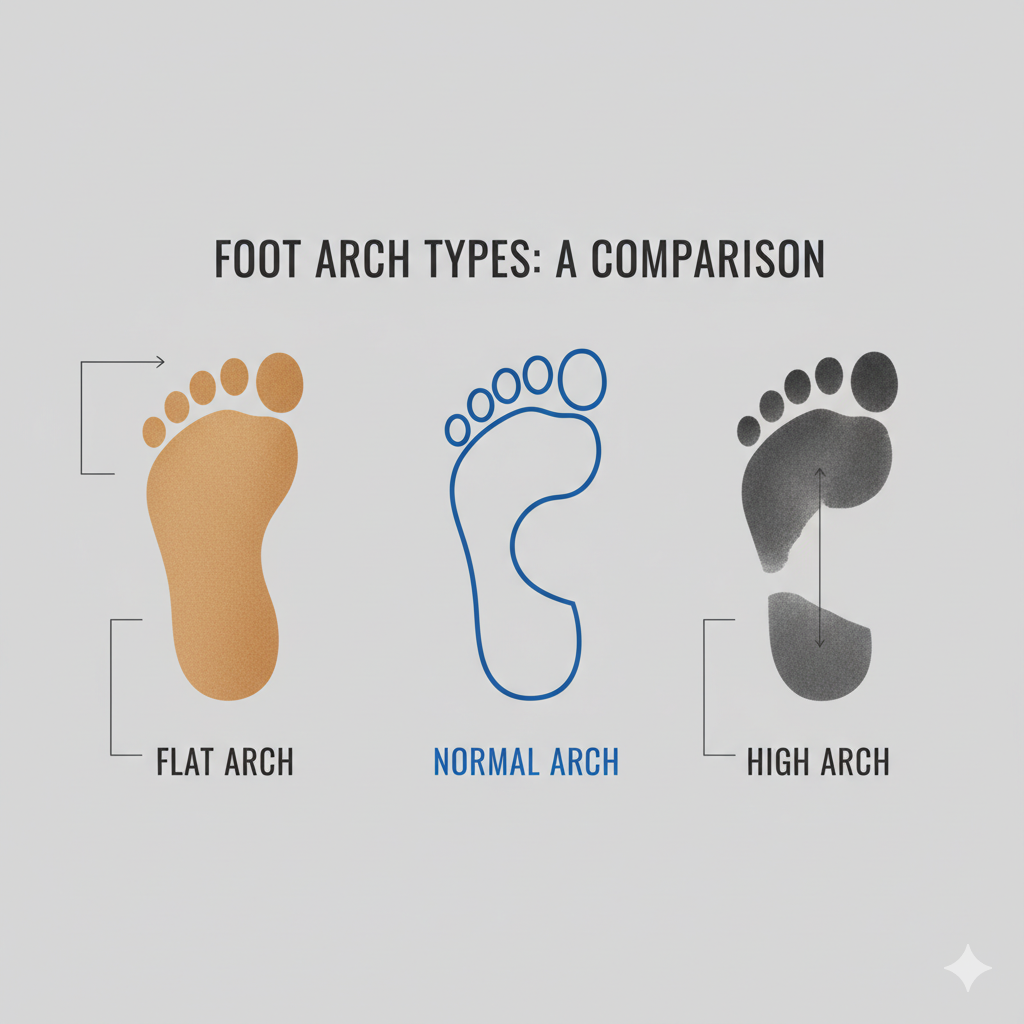
What Causes These Arch Deformities?
The structure of your foot is often determined by factors that are out of your control. The primary causes of flatfoot and high arch deformities include:
- Congenital foot structure: Many people are simply born with a predisposition for one condition or the other.
- Injury or trauma: A past fracture or ligament damage can alter the mechanics of your foot.
- Neuromuscular conditions: Certain medical conditions can affect the nerves and muscles in your feet.
- Arthritis or ligament laxity: The wear-and-tear of arthritis or loose ligaments can lead to a collapsed arch over time.
Symptoms: Signs Your Feet Are Asking for Help
How do you know if your arch is the source of your problems? Look for these common signs:
- Pain in the arch, heel, ankle, or even radiating up to your knees and back.
- Swelling along the inner part of your foot or ankle.
- Difficulty standing or walking for long periods without discomfort.
- Uneven wear patterns on the soles of your shoes.
Your Guide to Effective Treatment Options
Finding the right treatment starts with a proper diagnosis. At City Orthopaedics & Sports Medicine, we begin with the most effective, conservative approaches first.
Conservative Care (Non-Surgical):
- Custom Orthotics: These aren’t your average drugstore inserts. Custom-molded orthotics provide tailored support to correct your foot’s alignment and relieve pressure.
- Supportive Footwear: The right shoes can make a world of difference. We can recommend footwear with the right stability and cushioning for your foot type.
- Stretching and Strengthening: Targeted exercises can help strengthen the muscles in your feet and lower legs, providing better natural support.
Surgical Interventions:
When pain is severe or conservative treatments aren’t enough, surgery may be considered to provide long-term correction.
- Realignment Procedures: For severe deformities, a surgeon can reposition bones to reconstruct the arch.
- Tendon Transfers or Osteotomies: In advanced cases, tendons may be repaired or rerouted to improve foot function.
Prevention and Long-Term Management
Whether you’re looking to prevent pain or manage an existing condition, these simple steps can help:
- Maintain a healthy weight to reduce stress on your feet.
- Always wear supportive and properly fitting shoes.
- Perform regular foot stretches and exercises.
- Seek a professional evaluation for any persistent foot pain.
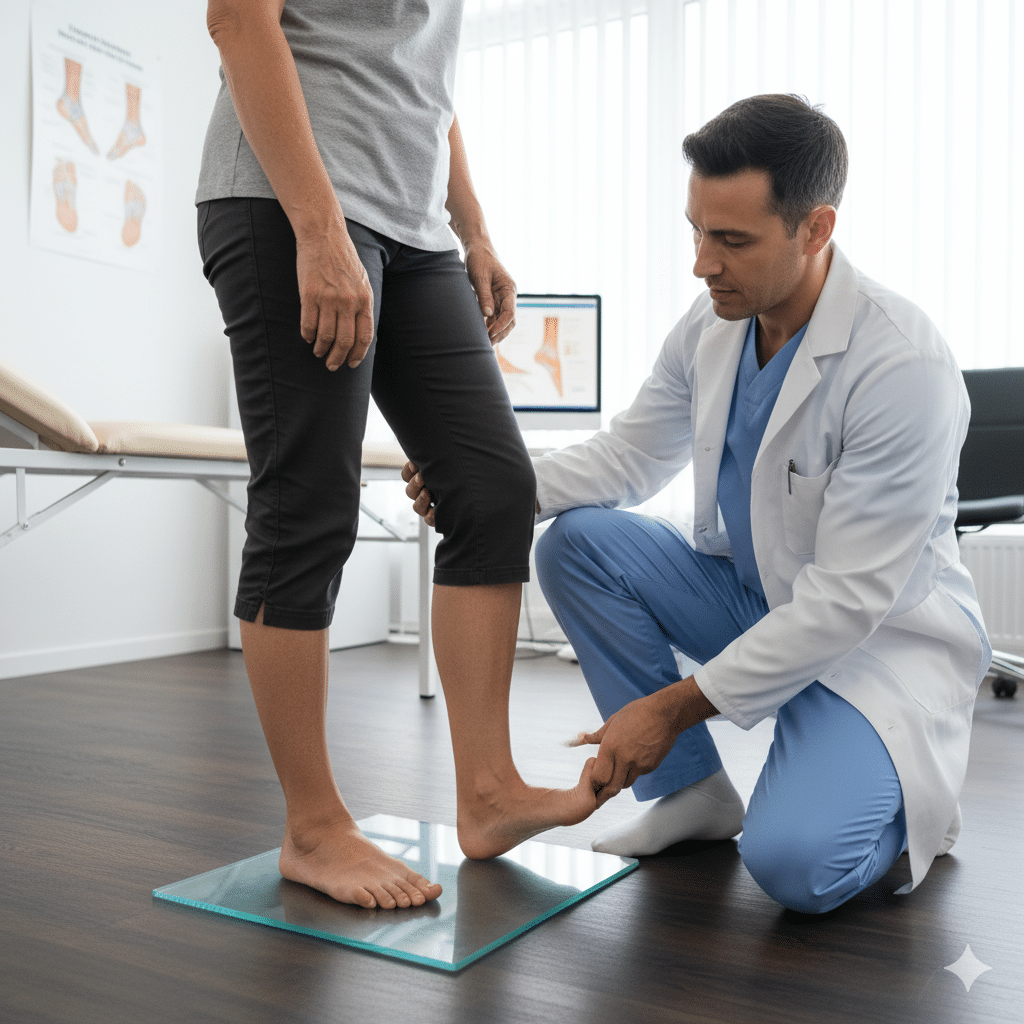
Take the First Step Toward Pain-Free Mobility
Proper care is essential for managing flatfoot and high arch deformities and protecting your joints from long-term damage. You don’t have to live with daily foot pain.
If you’re ready to improve your comfort and mobility, the dedicated team at City Orthopaedics & Sports Medicine is here to provide an expert evaluation and personalized treatment plan. Schedule your appointment today!
Frequently Asked Questions (FAQs)
1. How can I tell at home if I have flat feet or high arches?
A simple way is the “wet test.” Wet the bottom of your foot and step onto a piece of cardboard. If you see nearly your entire footprint, you likely have flat feet. If you see only your heel, the ball of your foot, and a thin line on the outside, you may have high arches.
2. Can exercises alone fix a flatfoot or high arch deformity?
While exercises are crucial for strengthening muscles and improving flexibility, they typically cannot correct the underlying bone structure. They are most effective when combined with other treatments like orthotics and proper footwear.
3. Are custom orthotics really better than over-the-counter insoles?
Yes. Over-the-counter insoles provide general cushioning, but custom orthotics are molded specifically to your feet. They provide precise support to correct mechanical issues, redistribute pressure, and treat the root cause of your pain.
4. When is surgery considered necessary for these conditions?
Surgery is typically reserved for cases where the deformity is severe, rigid, and causes significant pain that hasn’t responded to months of conservative care. Your doctor will conduct a thorough evaluation to determine if you are a candidate.
5. Can children outgrow flat feet?
It’s common for toddlers and young children to have flat feet because their arches haven’t fully developed. Most will develop a normal arch over time. However, if the condition persists or causes pain, a pediatric evaluation is recommended.



